This week, the news outlet USA Today published an interesting article that showed another side of America’s growing opioid epidemic. As we’ve mentioned many times before, the over-prescribing of pain meds has been a major contributor to this crisis. But in the years since, many doctors are now reportedly “terrified” of giving patients access to these drugs; which is upsetting chronic pain sufferers.
2016 was actually a pivotal year for this shift within the medical community. During that time, The Centers for Disease Control and Prevention issued strict guidelines to cut back prescriptions of “liberal opioid dispensing;” attaching stiff fines and sentences to doctors who disobey.
The repercussions have supposedly been so great that doctors across the country are now dropping patients with chronic pain (all out of the fear that their practices could be linked to the crisis). And truth be told, hundreds of M.D.’s have lost their licenses following the regulatory move.
Former Maryland Health Secretary and Baltimore Health Commissioner, Dr. Joshua Sharfstein, spoke to USA Today about the fears now being felt by the medical community.
“There has certainly been a big whiplash since this all took place,” Dr. Sharfstein told the site. “Doctors were told they should treat pain as much as possible and now they might be hearing the message they they could get in trouble for dispensing any opioids. At this point, many doctors are
terrified of addiction and need to understand it and treat it.”
And that ultimately is the biggest flaw in the way this is being handled. These doctors should not operate their practices out of the fear of being sued. Education about the abuse of opioids and when to (and not to) dispense them should be the primary focus. There is certainly a scenario where opioids can exist and do their part to heal chronic pain sufferers. But the all or nothing scenario doesn’t seem to properly address that.
Plus, a great deal of damage had already been done before the CDC’s move in 2016. At this point the crisis is still doing tremendous damage, despite the fact that opioid prescriptions have substantially diminished. In this new phase of the epidemic, synthetic street versions of the drug (such as fentanyl) are running rampant and causing more fatal overdoses than ever.
Though we strongly believe in putting every measure in place to prevent addictions, we also can sympathize with the chronic pain sufferers who legitimately need medication. Hopefully this angle of the conversation can open the eyes of medical professionals and lead to a positive change.

Male Patient Having Consultation With Doctor In Office






